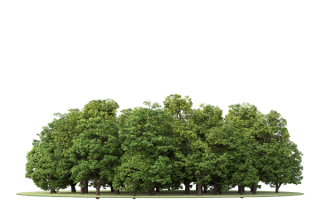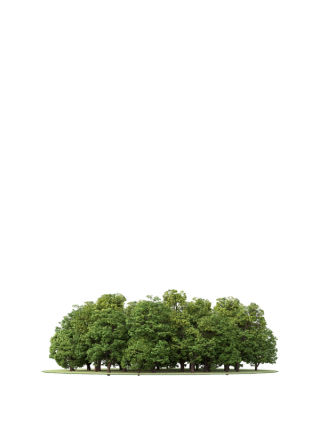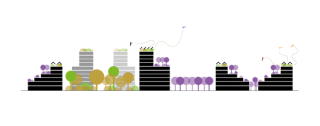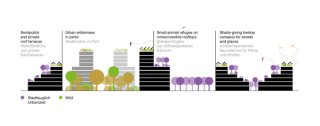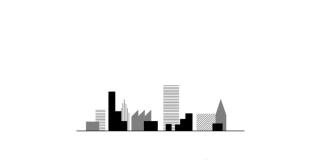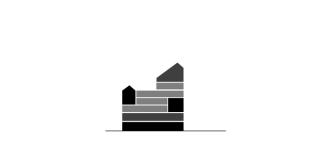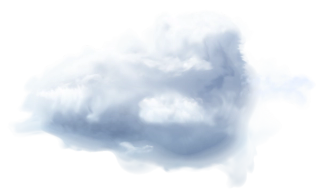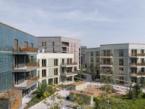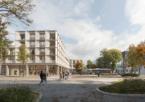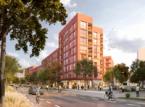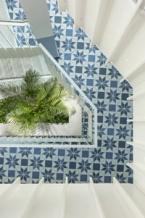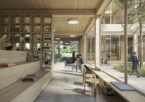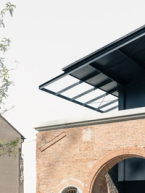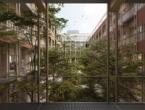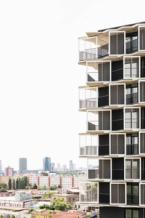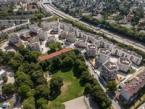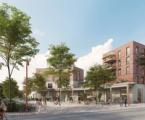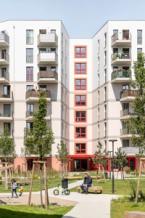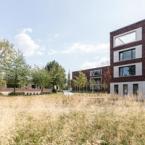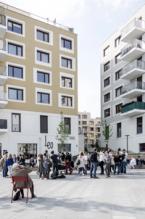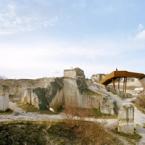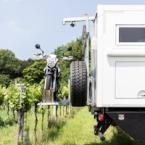Shaping future-proof
urban spaces
Urban Innovation Thinking
Urban DesignUrban Design
May 13, 2024
Reading time: 05:30
Illustration by
AllesWirdGut
Photography by
AllesWirdGut
Video by
CinCin
Cities are necessary! As architects and urban planners, we are confronted with the following challenge in thinking and rethinking the city: There is a lot of people in the world and not enough room for living at a distance. Land is a resource in itself. That is why we see all our projects as urban projects. The things we plan are always based on the premise of making the best possible use of the land they stand on. This attitude makes sustainability and responsible use of resources the primary guideline of what we do—that, and the question of what the project can achieve for its environment and its people.
The sheer numbers and density of city dwellers...
… automatically create diversity;
… let monocultures not prevail (so easily);
… offer alternatives;
… teach you that unequivocal truths are rare.
… expose you to different lifestyles early on;
… enable reorientation without relocation;
… allow niche offerings to survive;
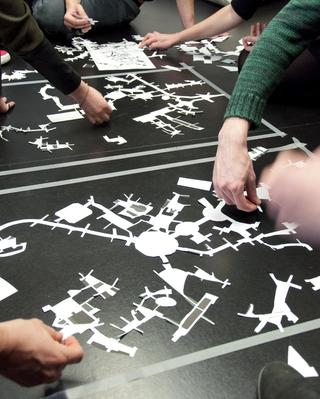

Experience more together. A city’s most important goal and raison d’être is to afford its residents and visitors a good life. We design cities that are not just home to their denizens but also inspiring destinations for all their guests. City by AllesWirdGut want to be not just places to live but humane living spaces full of adventures, surprise, beauty, safety and fulfillment.

The surplus value of affordable housing. We believe that if city life is a good thing—even a necessity perhaps—it must be attainable for all. This in turn implies that everyone and anyone must be able to afford life in the city. Therefore, measures that artificially make life in the city more expensive ought to be put to critical scrutiny. As an architectural firm, it is our day-to-day business to support a broad variety of clients with our extensive experience in pursuing their projects. We do not only support state institutions, but also building cooperatives, investors, and private developers. We are firmly convinced that it is possible to create a win-win situation in which equal consideration is given to the needs of the community as is to the economic interests of our partners. A clear commitment to common goals and ideas can be helpful to find the right basis for successful cooperation. Through open and transparent communication, we want to motivate everybody involved to actively work for livable and affordable urban development.

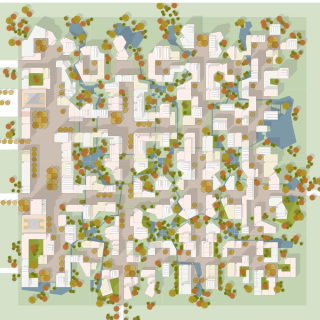
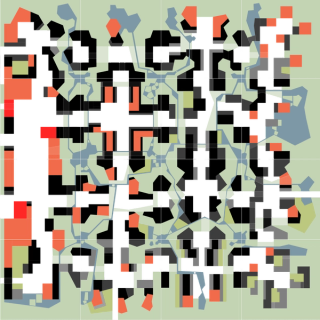
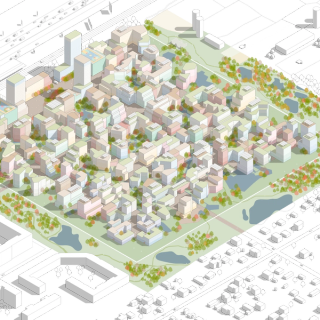
It's in the mix. A city is necessarily diverse and colorful and consists of many small parts. The urban mix is essential for the liveliness of a city: every resident is able to get anything they need within a short distance. Traffic is reduced and can be organized with less soil sealing. The city stays diverse and lively around the clock. No one gets a feeling of not belonging because of where they live. Against this background, we see our core task in reconciling diversity with affordability and find building structures that are usable and adaptable in all sorts of ways but also create, in the right places, impressive experiences with the necessary pinch of extravagance. This is about finding new methods that can help create functional and architectural variety at the interface of built-up and public space.
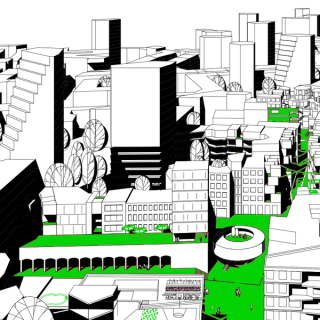
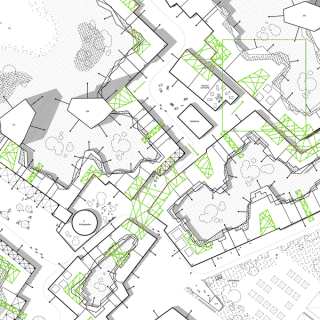
The city lives! The more easily something can be seen and reached, the more likely it is to be also used. By contrast, private areas where people want to be undisturbed should be well-shielded. Both requirements suggest that all areas of urban buildings that are well-connected to the adjoining public space should be assigned public functions. All building areas that can be easily seen or used from public space are part of urban life, and their quality is crucial for whether this urban life is good or not. Highly important in this context are parameters such as the choice of materials and color language, structures and details that define the visible surfaces.

Give the city space. In the last 100 years, the variety of forms in architecture has exploded. Astonishingly, this cannot at all be said of the space between buildings. The spatial variability of new urban neighborhoods cannot stand comparison with old inner cities. Perhaps this is due to regulatory requirements (lighting, fire protection, accessibility), or perhaps to a lack of interest and imagination. In any case, the shape and design of the space between buildings is a huge task area hardly addressed since Modernism.
A city’s most valuable asset is its public space.
It is where a city is perceived and its quality judged from; it is where the decision is made whether a life outside one’s own individual spaces is a possibility or even desirable. Only in special cases, urban buildings are freestanding individual objects; their main function within the city is to be the facades and walls of urban spaces.
And we ask ourselves the question: What form can these urban spaces of the future have?
Our cities should be able to keep up with the rich variety and beauty known from Italian inner cities. We do not want to plan just housing for the many but attractive meeting places and the tourist magnets of tomorrow.
The secret of a city’s quality of life lies in the mix.

